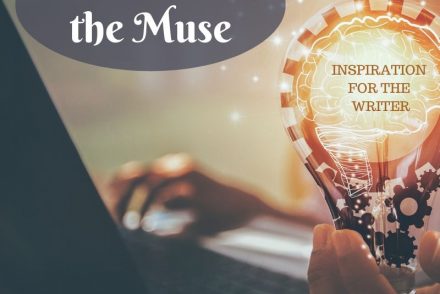
Romancing Your Story
What’s Your Type?
So many personality types and traits and tools to figure them out. The Enneagram Myer Briggs The OCEAN Model…
February 25, 2023
So many personality types and traits and tools to figure them out. The Enneagram Myer Briggs The OCEAN Model…
February 25, 2023
Have you ever taken the MBTI? Short for Myers Briggs Type Indicator, this classic personality test promises to divine…
July 13, 2020
My recent novels are about two women who lived four thousand years ago, Hagar and Sarah. Their stories are…
December 20, 2018
The heroine of the mystery novel I am working on needs certain qualities to be a good sleuth. Things…
November 19, 2016